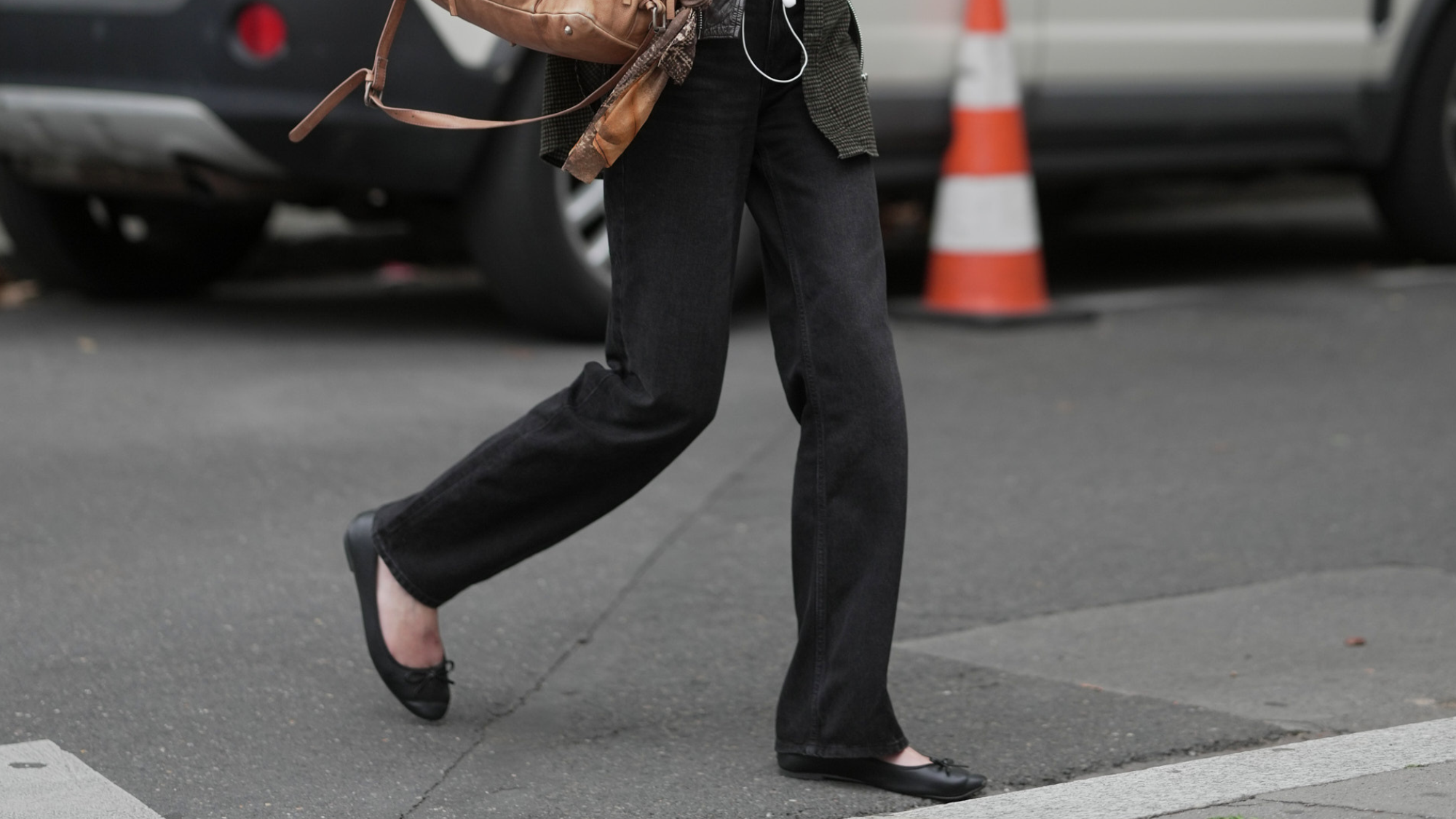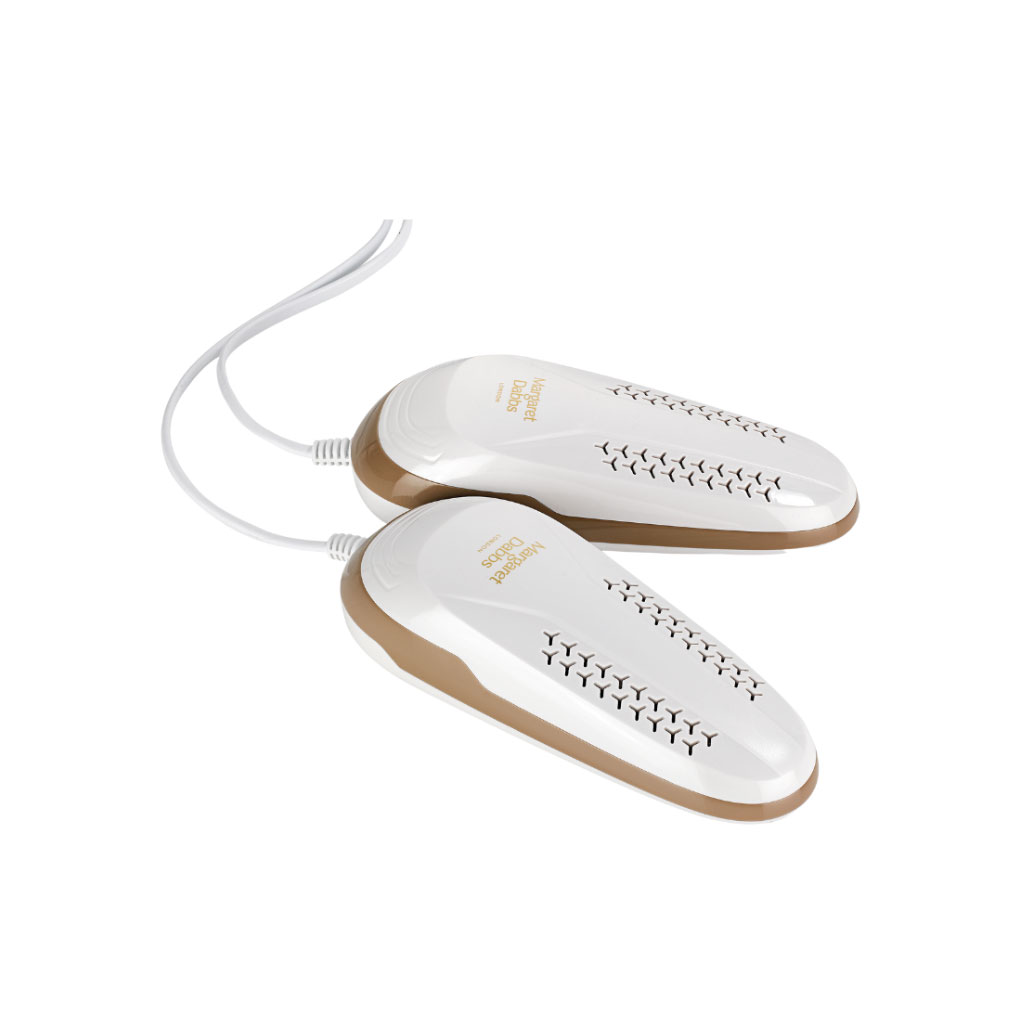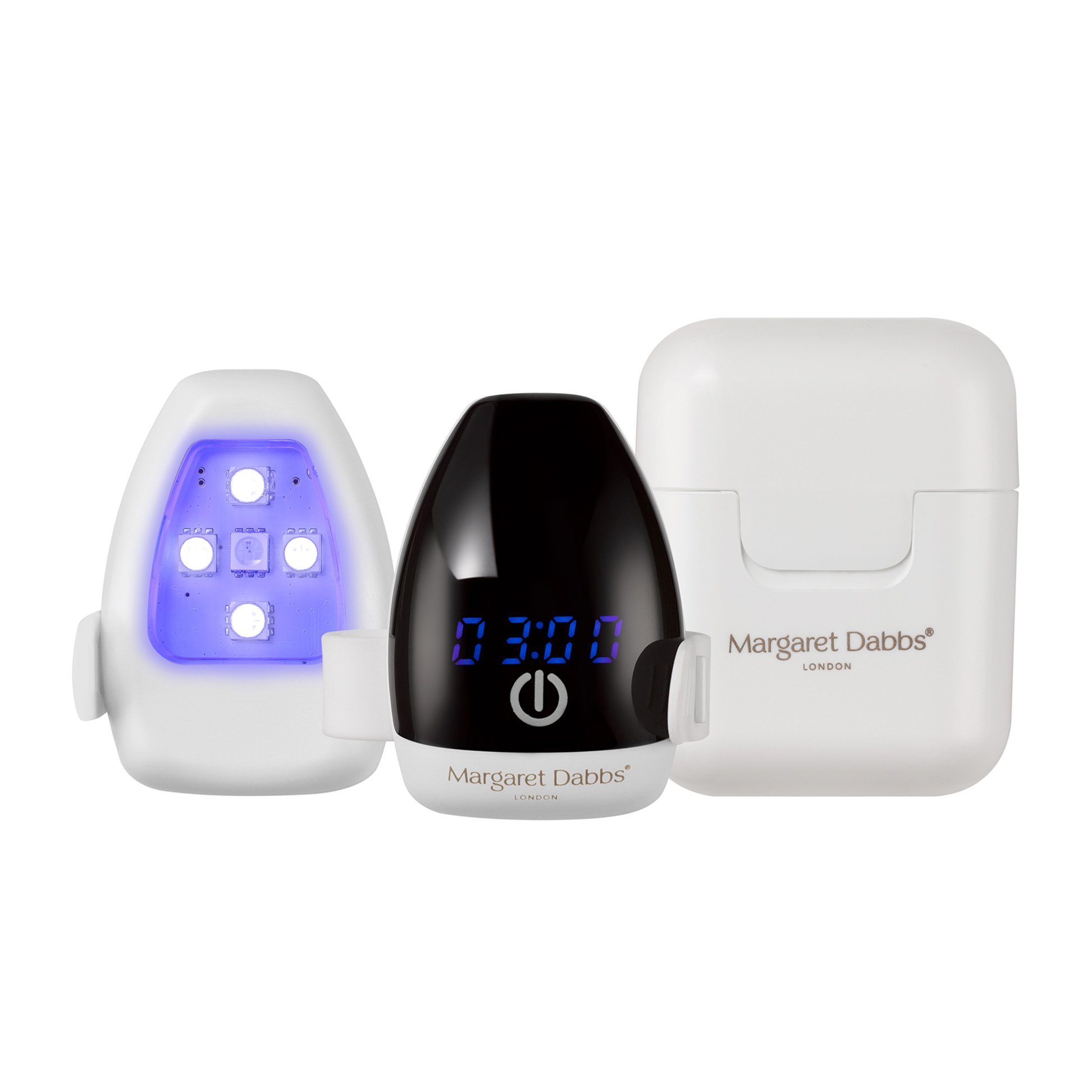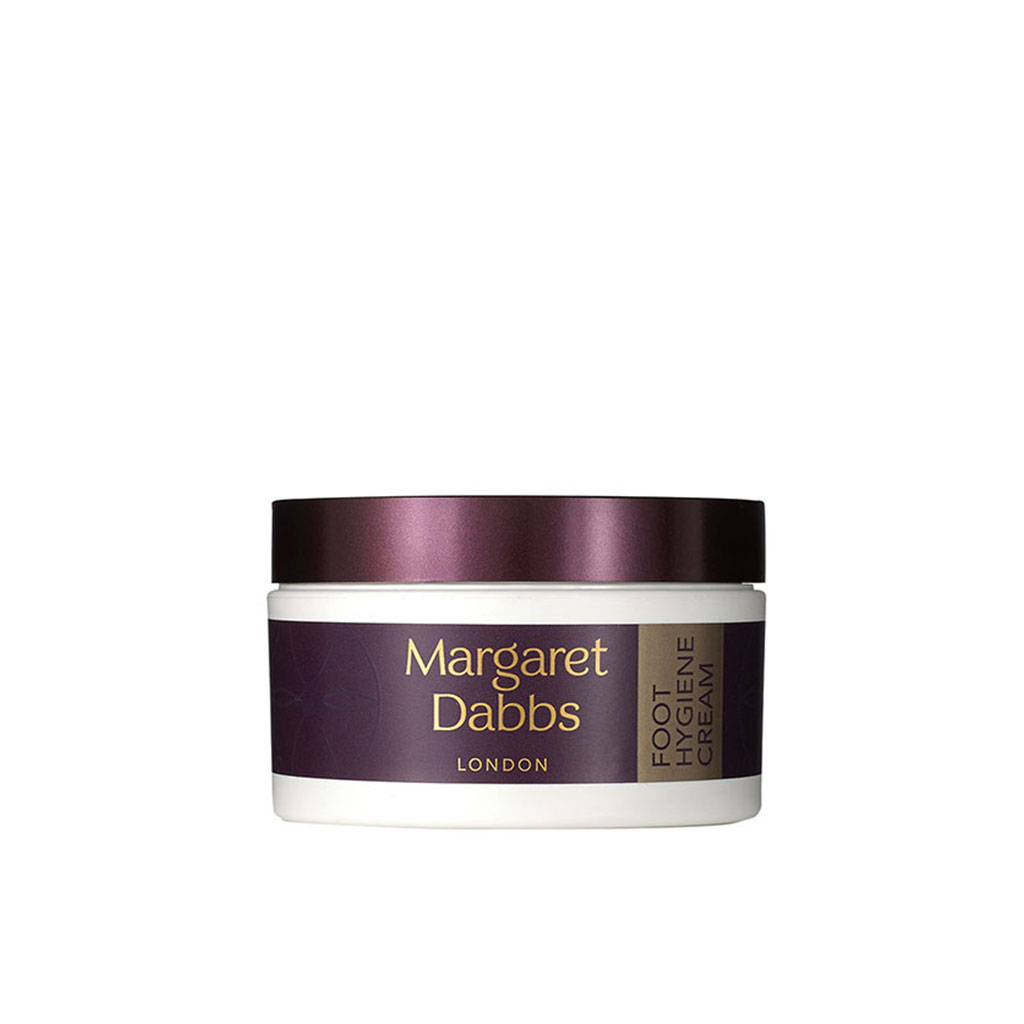Wearing Ballet Flats Landed Me With a Fungal Nail Infection—Here’s Why They’re More Common Than You Think
Take heed of your footwear choices...


Last month, I had quite a shock at the nail salon. During my usual Margaret Dabbs medical pedicure, my technician informed me that beneath my peeling red polish lurked a developing fungal nail infection. The culprit? My footwear choices.
Yes, a career in fashion has inspired a deep love for deeply impractical footwear—heels, pointy stilettos, painful slingbacks—you name it, I’ll wear it. But while I thought they were only destroying my lower back, it turns out they were wreaking havoc on my nails too. If I didn’t treat it quickly, my technician warned, I’d be in trouble. Fungal infections spread fast and can be difficult to contain, let alone cure.
“A fungal nail infection occurs when fungal spores become embedded in the layers of the nail,” explains Margaret Dabbs, founder of her eponymous chiropody brand. “If left untreated, these spores will continue to spread. They’re highly contagious and can easily transfer to healthy nails or skin, leading to other conditions such as athlete’s foot or fungal infections elsewhere on the body.”
She stresses that our footwear choices stretch beyond the sartorial. "We spend many hours each day on our feet, and the shoes we wear have an impact not only on our nails and skin but also on the rest of the body. On average, a person takes around 7,000 steps a day—often more. That constant movement means poor footwear choices can affect posture, joints and even overall comfort and well-being. Investing in supportive, well-fitting shoes made of quality, breathable materials isn’t just about preventing fungal nail problems - it’s about caring for your whole body too."
Concerned? Me too. Here’s the lowdown on how your footwear choices can increase your risk of developing a fungal nail infection—and what to do if you get one.
How to know if you're getting a fungal nail infection
The big tip-off for me was that the edges of one of my toenails had taken on a slightly discoloured hue, and had hardened—but this isn't always the case.
As Dabbs elaborates: "Fungal nails can present themselves as being discoloured, yellow, or brown, and they can be crumbly, unhealthy, and unsightly-looking. An odour can also be associated with the contaminated nails, and the sufferer is often embarrassed and unwilling to wear open footwear."
Celebrity news, beauty, fashion advice, and fascinating features, delivered straight to your inbox!
How does footwear impact your nails?
"Footwear can definitely impact fungal nail conditions," says Dabbs. "Prolonged wearing of closed shoes and sports shoes are major contributing factors as these create moist conditions inside the shoes, which are the perfect environment for a fungal nail infection. That’s why keeping your shoes clean and fresh is essential. Using a targeted shoe freshener, such as the Margaret Dabbs® London 3-in-1 Shoe Freshener, can help reduce fungal spores and support overall foot health.
Can tight, pointy or high-heeled shoes aggravate?
Shoes that are too tight may cause micro-trauma to the nails, making them more susceptible to infection, the expert explains. It's also important to note that fungal spores can thrive inside footwear, creating a cycle of reinfection and spreading to other nails.
What shoes should you avoid if you're prone to fungal nail infections?
Tight shoes, or those made from poor-quality materials that don’t allow the feet to breathe can increase the risk of nail and skin problems," explains Dabbs. "Investing in good-quality footwear that fits well and provides enough space for your toes is essential. Opting for natural, breathable materials that will help your feet stay healthy and reduce the risk of fungal infection."
How do you treat fungal nail infections?
It is very important to obtain the correct diagnosis before starting treatment, says Dabbs. A nail pathology sample may be taken to confirm whether a fungal infection is present. Once confirmed, the podiatrist will advise on an appropriate treatment plan. "Fungal nail conditions can be challenging to treat, so following a consistent home care routine is essential," she continues. "Your podiatrist will guide you on the best practices to support treatment and reduce the risk of reinfection. Our in-clinic treatment is performed by a professional using a more powerful laser for targeted results, making it ideal for as your first point of call and for more severe cases."
"Our Nail Fungal Device is perfect for ongoing maintenance at the comfort of your home, early-stage fungal infections, or for those who prefer a convenient, cost-effective solution. Together, they work seamlessly - the in-clinic treatment delivers an intensive start, while the at-home device helps prevent recurrence and sustain results."
How do you avoid fungal nail infections?
"I recommend using the Margaret Dabbs® London Foot Hygiene Cream daily. It's a ‘Miracle in a Jar’—especially as the weather gets colder and you start to wear closed toe and leather shoes and boots as these conditions increase the risk of fungal nail infections.
She concludes: "Also, if you go to the gym or swim, then I highly recommend using the cream after. The cream also has antifungal and antibacterial benefits that helps to prevent, treat, protect and transform your feet overnight."

Nessa Humayun is the Beauty Editor at Marie Claire UK. With over eight years of editorial experience across lifestyle sectors, Nessa was previously the Editorial Lead of HUNGER Magazine, and has bylines in British Vogue, Dazed, and Cosmopolitan. A self-confessed human guinea pig, Nessa covers everything from product must-haves to long-reads about the industry writ large. Her beauty ethos is all about using products that work hard, so you don't have to.


